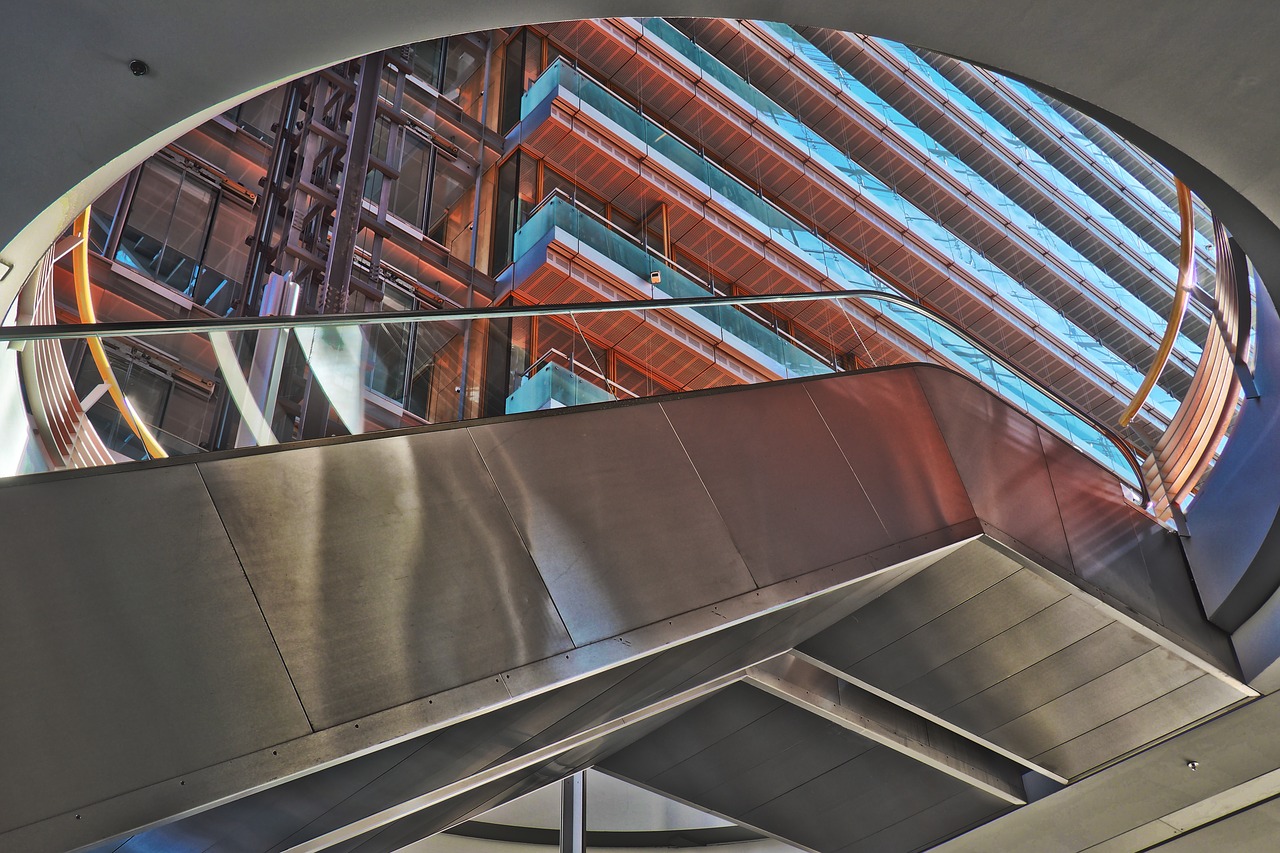Welcome to the future of urban living, where innovation meets sustainability and connectivity transforms our everyday experiences! In a world that’s rapidly evolving, cities are no longer just concrete jungles; they’re becoming vibrant ecosystems brimming with potential. Imagine stepping out of your smart home—a haven of technology tailored to your needs—only to find yourself in a bustling smart city, seamlessly integrating advanced infrastructure and intelligent systems designed for efficiency and livability. In this blog post, we’ll embark on an exciting journey through the evolution from individual smart homes to interconnected smart cities. Discover how cutting-edge technologies are reshaping landscapes, improving quality of life, and fostering community connections like never before. Get ready to explore how these innovations not only enhance urban environments but also pave the way for a sustainable future.
What Exactly Is a Smart Home?
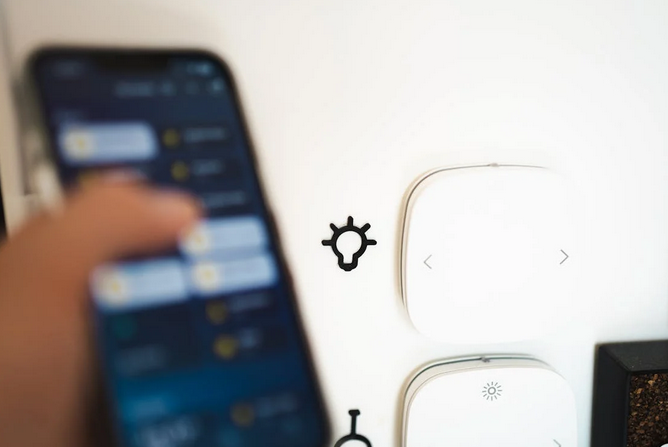
At its core, a smart home uses technology to automate and control various functions like lighting, heating, and security through the internet. Imagine being able to control your lights with your voice, set your thermostat remotely while you’re on your way home, or receive a notification if someone enters your home when you’re not there. All of this is possible with smart home devices. Smart speakers like Amazon Alexa or Google Home are at the center of many smart homes, acting as the control hubs for everything from music to temperature. You can also integrate smart appliances such as refrigerators that monitor food inventory, ovens that can cook your meals to perfection without any guesswork, or even robot vacuums that clean your floors automatically while you’re out.
But it doesn’t stop there. Smart homes can increase energy efficiency by adjusting heating or cooling based on your habits or time of day, helping to lower your utility bills and reduce your carbon footprint. They can even enhance home security, with cameras, smart locks, and doorbell systems that allow you to monitor your property from anywhere in the world.
The Rise of Smart Cities
If smart homes are changing the way we live on a personal level, smart cities are working to transform urban living on a much larger scale. A smart city uses technology and data to enhance the quality of life for its residents, facilitate city functions, and make urban settings more sustainable and efficient. For example, smart cities use sensors to monitor traffic flow in real time, optimizing signal patterns to reduce congestion and improve the overall driving experience. This means less time spent stuck in traffic, less pollution, and more efficient use of transportation networks. Many cities are integrating autonomous vehicles into their transportation plans, which will further reduce traffic jams and make commuting safer and more convenient.
Beyond transportation, smart cities can optimize waste management by using sensors to track when trash bins are full, ensuring that waste is collected only when necessary and reducing unnecessary trips by garbage trucks. This not only saves time and fuel but also helps to minimize environmental impact.
The Role of Data and Connectivity
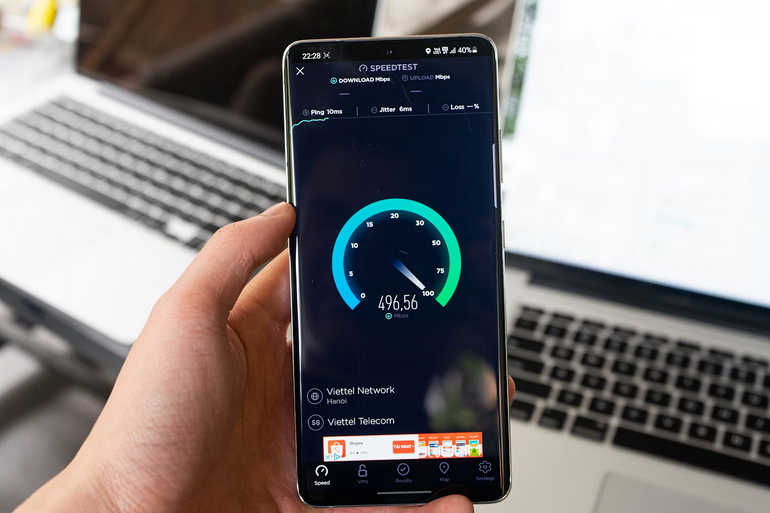
The backbone of both smart homes and smart cities is data. These systems collect vast amounts of data from various sensors, devices, and networks, and that data is then analyzed to improve efficiency, enhance services, and drive innovation. For example, in a smart city, data can be used to monitor air quality, track energy usage, and even predict when maintenance is needed on infrastructure. This allows city officials to make more informed decisions, plan for future growth, and respond more quickly to challenges like traffic accidents or infrastructure failures.
Similarly, smart homes use data to learn your habits and preferences, making daily life more convenient and efficient. Smart thermostats, for example, can learn when you’re usually home and adjust the temperature accordingly, saving energy when you’re not around. The key to all of this is connectivity. The Internet of Things (IoT) connects the devices in your home or city, allowing …

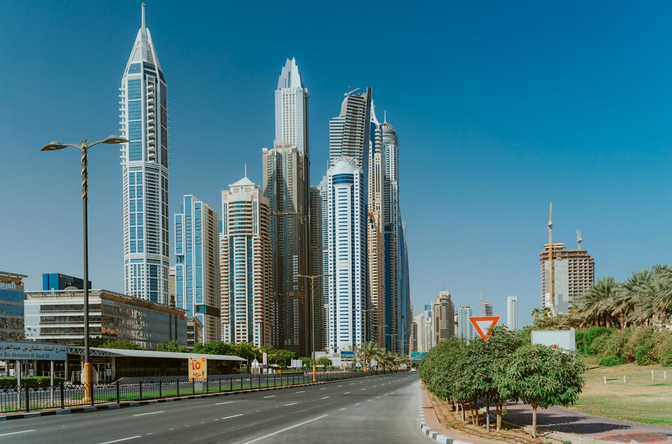



 International Jazz Day brings together jazz musicians, fans, and enthusiasts from around the world to celebrate the international language of music. From Brazilian Bossa Nova to New Orleans swing, jazz has been embraced by people in all four corners of the globe. The day recognizes the many styles of this beloved art form and pays tribute to jazz legends from around the world. We all know that jazz is a language, but it’s also an international way of life. From the first notes to the final chord, every performance is unique and helps us appreciate the music from different perspectives.
International Jazz Day brings together jazz musicians, fans, and enthusiasts from around the world to celebrate the international language of music. From Brazilian Bossa Nova to New Orleans swing, jazz has been embraced by people in all four corners of the globe. The day recognizes the many styles of this beloved art form and pays tribute to jazz legends from around the world. We all know that jazz is a language, but it’s also an international way of life. From the first notes to the final chord, every performance is unique and helps us appreciate the music from different perspectives. International Jazz Day also encourages fans, musicians, and enthusiasts to join the celebration online with special social media campaigns celebrating jazz’s global community of artists and fans. With hashtags such as #JazzDay and posts from top jazz stars, these campaigns help amplify the power of jazz music and its message of peace, freedom, dialogue, and unity. International Jazz Day is an opportunity to celebrate the genre’s immense influence in the global music landscape.…
International Jazz Day also encourages fans, musicians, and enthusiasts to join the celebration online with special social media campaigns celebrating jazz’s global community of artists and fans. With hashtags such as #JazzDay and posts from top jazz stars, these campaigns help amplify the power of jazz music and its message of peace, freedom, dialogue, and unity. International Jazz Day is an opportunity to celebrate the genre’s immense influence in the global music landscape.…
 The first tip is to add some CBD oil to their diet. CBD has been shown to have many therapeutic benefits, including helping with digestive issues like nausea and vomiting that can lead to decreased appetite. It also helps reduce anxiety and stress, which can affect your dog’s lack of appetite. Talk to your veterinarian about the best dosage for your pup before giving them any CBD oil. Your vet will also tell you about the best high quality CBD oil that you should purchase for your dog.
The first tip is to add some CBD oil to their diet. CBD has been shown to have many therapeutic benefits, including helping with digestive issues like nausea and vomiting that can lead to decreased appetite. It also helps reduce anxiety and stress, which can affect your dog’s lack of appetite. Talk to your veterinarian about the best dosage for your pup before giving them any CBD oil. Your vet will also tell you about the best high quality CBD oil that you should purchase for your dog. The third tip is to change the menu. If your pup has been eating the same food day in and day out, this can lead to boredom and cause them to lose interest in food. Mix it up with different flavors, textures, and styles of food to keep them interested and engaged in their meals. Research the best dog food for your pup and find essential vitamins, minerals, and proteins to keep them healthy.
The third tip is to change the menu. If your pup has been eating the same food day in and day out, this can lead to boredom and cause them to lose interest in food. Mix it up with different flavors, textures, and styles of food to keep them interested and engaged in their meals. Research the best dog food for your pup and find essential vitamins, minerals, and proteins to keep them healthy.
 The most common mistake that bodybuilders make is overtraining their bodies. They think that they need to work out for hours every day in order to see results. However, this is not the case. In fact, overtraining can lead to lower testosterone levels and muscle mass. So how much should you be working out? The general rule of thumb is to work out for 45 minutes to an hour four to five times per week. This will give your body enough time to recover and grow.
The most common mistake that bodybuilders make is overtraining their bodies. They think that they need to work out for hours every day in order to see results. However, this is not the case. In fact, overtraining can lead to lower testosterone levels and muscle mass. So how much should you be working out? The general rule of thumb is to work out for 45 minutes to an hour four to five times per week. This will give your body enough time to recover and grow. The last mistake that bodybuilders make is not eating enough. In order to build muscle, you need to eat more calories than you’re burning. This can be a difficult task, especially if you’re trying to stay lean. However, it’s essential to ensure you’re getting enough calories from healthy sources. There have been cases in which bodybuilders have actually gone into a calorie deficit, and they’ve ended up losing muscle mass. So make sure that you’re eating enough food. Aim for around 250-300 grams of protein per day, and make sure that you’re eating plenty of vegetables and fruits.
The last mistake that bodybuilders make is not eating enough. In order to build muscle, you need to eat more calories than you’re burning. This can be a difficult task, especially if you’re trying to stay lean. However, it’s essential to ensure you’re getting enough calories from healthy sources. There have been cases in which bodybuilders have actually gone into a calorie deficit, and they’ve ended up losing muscle mass. So make sure that you’re eating enough food. Aim for around 250-300 grams of protein per day, and make sure that you’re eating plenty of vegetables and fruits.
 Another way to prepare for your wedding day is to exfoliate your skin. This will help you achieve a natural, glowing complexion. You can do this by using a gentle exfoliating scrub or brush. Exfoliating your skin will also help to prevent breakouts on your big day. If you have sensitive skin, use a gentle exfoliating product. Some people visit their dermatologist for a professional facial before their wedding day.
Another way to prepare for your wedding day is to exfoliate your skin. This will help you achieve a natural, glowing complexion. You can do this by using a gentle exfoliating scrub or brush. Exfoliating your skin will also help to prevent breakouts on your big day. If you have sensitive skin, use a gentle exfoliating product. Some people visit their dermatologist for a professional facial before their wedding day. The fourth way to prepare for your wedding day is to get a massage. This will help you relax and feel refreshed on your big day. A massage will also help relieve any stress or tension you may feel. Make sure to book your appointment in advance so that you can get the date that you want. This will also relax your mind and body, which will be very helpful on your wedding day. This can make you calmer and happier when your big day comes.
The fourth way to prepare for your wedding day is to get a massage. This will help you relax and feel refreshed on your big day. A massage will also help relieve any stress or tension you may feel. Make sure to book your appointment in advance so that you can get the date that you want. This will also relax your mind and body, which will be very helpful on your wedding day. This can make you calmer and happier when your big day comes.
 Number one on the list is dark chocolate. You probably don’t need us to tell you that dark chocolate is delicious. But did you know that it’s also good for your mood? Dark chocolate contains high levels of antioxidants and flavonoids, which have been shown to improve moods and reduce stress. In one study, people who ate dark chocolate every day for two weeks reported feeling more calm and relaxed than those who didn’t eat chocolate at all. So next time you feel stressed, reach for a bar of dark chocolate. Make sure it’s at least 70% cacao; otherwise, you won’t get the full mood-boosting benefits.
Number one on the list is dark chocolate. You probably don’t need us to tell you that dark chocolate is delicious. But did you know that it’s also good for your mood? Dark chocolate contains high levels of antioxidants and flavonoids, which have been shown to improve moods and reduce stress. In one study, people who ate dark chocolate every day for two weeks reported feeling more calm and relaxed than those who didn’t eat chocolate at all. So next time you feel stressed, reach for a bar of dark chocolate. Make sure it’s at least 70% cacao; otherwise, you won’t get the full mood-boosting benefits. And if you’re feeling hungry, why not try some steak with some grass-fed beef? Grass-fed beef is an excellent source of omega-three fatty acids, which have been shown to improve moods and reduce inflammation. In one study, people who ate grass-fed beef every day for six weeks reported feeling happier and less anxious than those who didn’t eat meat. So next time you’re feeling low, cook a steak with grass-fed beef. Your mood will thank you for it.
And if you’re feeling hungry, why not try some steak with some grass-fed beef? Grass-fed beef is an excellent source of omega-three fatty acids, which have been shown to improve moods and reduce inflammation. In one study, people who ate grass-fed beef every day for six weeks reported feeling happier and less anxious than those who didn’t eat meat. So next time you’re feeling low, cook a steak with grass-fed beef. Your mood will thank you for it. Not only are fruits and vegetables packed with vitamins and minerals, but they’re also great for your mood. Fruits and vegetables are high in antioxidants, which have been shown to improve moods and reduce stress. In one study, people who ate a diet rich in fruits and vegetables reported feeling happier and less stressed than those who didn’t eat as many fruits and vegetables.
Not only are fruits and vegetables packed with vitamins and minerals, but they’re also great for your mood. Fruits and vegetables are high in antioxidants, which have been shown to improve moods and reduce stress. In one study, people who ate a diet rich in fruits and vegetables reported feeling happier and less stressed than those who didn’t eat as many fruits and vegetables.
 Fabric hammocks are a great way to add style and comfort to your backyard. They can be used in any climate and will last for years if cared for properly. One of the best things about fabric hammocks is that they come in many different patterns, colours, textures, and sizes, so you have plenty of options when choosing one. Aside from this, fabric hammocks are also generally lightweight and easy to set up. However, there are a few things you should keep in mind when choosing a fabric hammock. First of all, make sure that the fabric is strong enough to hold your weight. You’ll also want to choose a hammock with a good amount of padding so you can relax in comfort.
Fabric hammocks are a great way to add style and comfort to your backyard. They can be used in any climate and will last for years if cared for properly. One of the best things about fabric hammocks is that they come in many different patterns, colours, textures, and sizes, so you have plenty of options when choosing one. Aside from this, fabric hammocks are also generally lightweight and easy to set up. However, there are a few things you should keep in mind when choosing a fabric hammock. First of all, make sure that the fabric is strong enough to hold your weight. You’ll also want to choose a hammock with a good amount of padding so you can relax in comfort. Camping hammocks are perfect for people who love to spend time outdoors. They’re made of lightweight materials that make them easy to transport and set up. Plus, they come in various colours and styles so you can find the perfect one for your needs. This hammock is ideal for camping trips, hiking adventures, or just relaxing at home with family and friends. Camping hammocks have some great benefits as well.
Camping hammocks are perfect for people who love to spend time outdoors. They’re made of lightweight materials that make them easy to transport and set up. Plus, they come in various colours and styles so you can find the perfect one for your needs. This hammock is ideal for camping trips, hiking adventures, or just relaxing at home with family and friends. Camping hammocks have some great benefits as well.
 Hiring digitally can save you a lot of money in the long run. By using online tools such as social media and job boards, you can reach a more significant number of candidates at a fraction of the cost of traditional recruiting methods.
Hiring digitally can save you a lot of money in the long run. By using online tools such as social media and job boards, you can reach a more significant number of candidates at a fraction of the cost of traditional recruiting methods.
 Before you plan to exercise, you should consult your doctor. They will check if you have underlying health conditions like metabolic, renal, or cardiovascular diseases. Doctors usually recommend starting slow and progress gradually. If you feel any discomfort you should go back to your physician.
Before you plan to exercise, you should consult your doctor. They will check if you have underlying health conditions like metabolic, renal, or cardiovascular diseases. Doctors usually recommend starting slow and progress gradually. If you feel any discomfort you should go back to your physician.
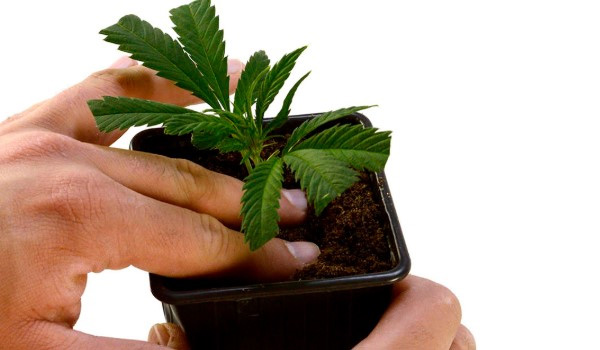
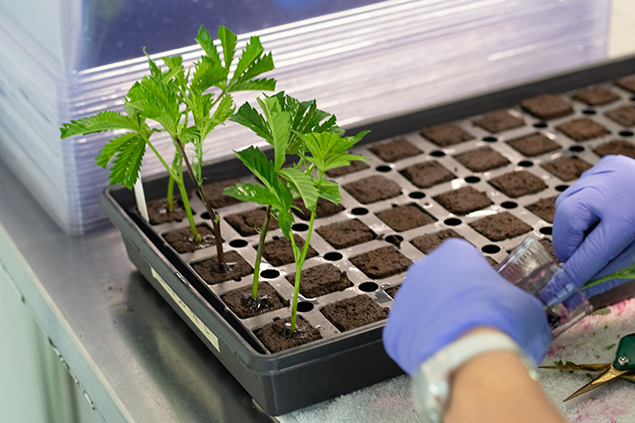


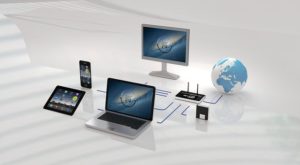 Keywords are the most used audience targeting method because it can trigger websites using the same theme, which ensures that your campaign ads are shown on your targets’ sites. But this may not be an assurance that your ads reached only the targets you desired. By using keywords and topics at the same time, you may be able to screen other unnecessary audience on your campaign ads.
Keywords are the most used audience targeting method because it can trigger websites using the same theme, which ensures that your campaign ads are shown on your targets’ sites. But this may not be an assurance that your ads reached only the targets you desired. By using keywords and topics at the same time, you may be able to screen other unnecessary audience on your campaign ads.


 Every fisherman has his strategies well laid down before hitting the waters. For this reason, it’s necessary that you know the strategies that you will employ in advance. Just like when doing other things, you also have to prepare before you go fly fishing. Otherwise, you will have a fruitless end. Furthermore, you should be patient so that you raise your odds of making a catch.
Every fisherman has his strategies well laid down before hitting the waters. For this reason, it’s necessary that you know the strategies that you will employ in advance. Just like when doing other things, you also have to prepare before you go fly fishing. Otherwise, you will have a fruitless end. Furthermore, you should be patient so that you raise your odds of making a catch.
 effectively and serve you for an extended period. You should also make sure the kit is made using a quality cover so that it can offer the right protection to all your tools. Keeping your nails short all the time can be essential because of the following reasons.
effectively and serve you for an extended period. You should also make sure the kit is made using a quality cover so that it can offer the right protection to all your tools. Keeping your nails short all the time can be essential because of the following reasons. harbor a lot of dirt with microorganisms that will subject you to several illnesses. Such can expose you to several risks, especially when coming to contact with food when eating. The chances of contracting several diseases are high. Cut your nails short to appear more beautiful and stay free from all these…
harbor a lot of dirt with microorganisms that will subject you to several illnesses. Such can expose you to several risks, especially when coming to contact with food when eating. The chances of contracting several diseases are high. Cut your nails short to appear more beautiful and stay free from all these…
 with this type of cologne. Let them advise you on the best type or which one works perfectly on your body. You can also seek recommendations to know the most trusted brands in the market. Doing so will also help you pick the best type.…
with this type of cologne. Let them advise you on the best type or which one works perfectly on your body. You can also seek recommendations to know the most trusted brands in the market. Doing so will also help you pick the best type.…